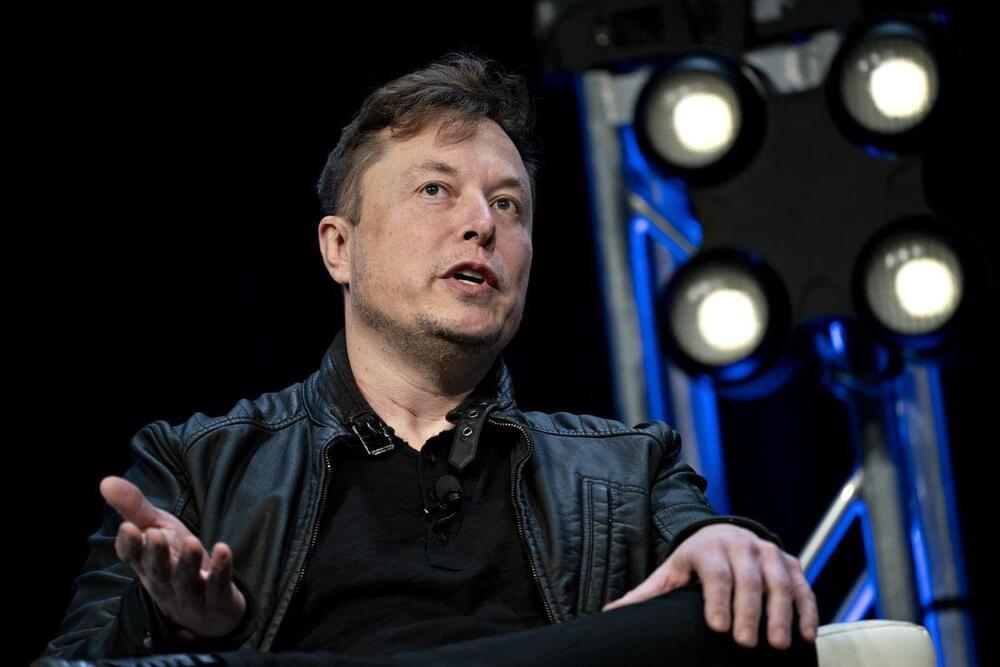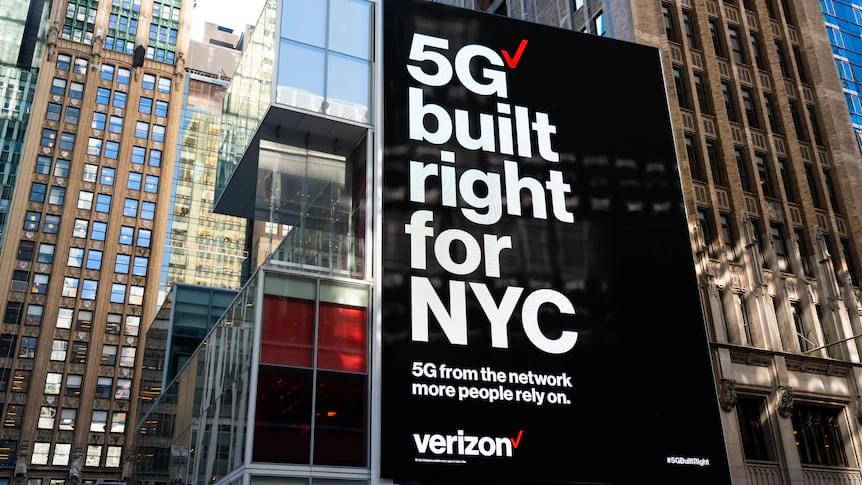Space Exploration Technologies Corp. Chief Executive Officer Elon Musk is offering to send Starlink internet terminals to Tonga after an underwater volcanic eruption and subsequent tsunami cut off communication links.


Digital Twins are virtual models of the physical world. They use the Internet of Things, artificial intelligence and complex data in models that create insights and support (real-time) decision making. It is perhaps healthcare that holds the greatest potential for Digital Twins.

A string of Chinese video platforms are accelerating moves toward producing high-quality, 8K ultrahigh definition content by integrating 5G, artificial intelligence and virtual reality technologies.
It’s an important step toward moving 8K video into people’s living rooms, experts said.
Chinese UHD video production and distribution platform Sikai Garden Network Technology Co Ltd, also known as 4K Garden, plans to send UHD content to different terminal devices, including televisions, outdoor 8K light-emitting diode screens and VR headsets, and to explore diversified and innovative applications for the UHD industry, said Wu Yi, chairman of 4K Garden.

Throughout most of human history, the goal was to establish a better life for people. Whether proponents of change admit to it or not, they hope to make everything perfect. However, this very impulse to improve security against everything bad and eliminate all physical ills could precipitate just another kind of doom.
To borrow the words of a Jeff Goldblum character, those of us who did the most to uplift humanity may have been “so preoccupied with whether they could, they didn’t stop to think if they should.”
In Carl Sagan’s The Demon-Haunted World, he pointed out that the modern world is complicated. Everything we don’t understand is something to fear (unless you are a specialist in it), and it is a thing that can be ignorantly speculated about in a vacuum, as vaccines are by many on social media.
Rather than give up on humanity’s ability to come to correct judgments, Sagan offers the tools of critical thinking, taking the form of the famous Baloney Detection Kit. The rules are things you can always try to offer someone if they believe nonsensical conspiracy theories.
| Hackaday
Quantum computers aren’t quite ready for the home lab, but since there are ways to connect to some over the Internet, you can experiment with them more easily than you might think. [Norbert] decided to interface a giant quantum computer to an ordinary Arduino. Why? Well, that isn’t necessarily clear, but then again, why not? He explains basic quantum computing and shows his setup in the video below.
Using the IBM quantum computer and the open source Qiskit makes it relatively easy, with the Python code he’s using on the PC acting as a link between the Arduino and the IBM computer. Of course, you can also use simulation instead of using the real hardware, and for such a simple project it probably doesn’t matter.
Granted, the demo is pretty trivial, lighting an LED with the state of qubit. But the technique might be useful if you wanted to, say, gather information from the real world into a quantum computer. You have to start somewhere.
ORLANDO, Fla., Jan. 6 (UPI) — SpaceX kicked off a surge in launch activity Thursday with the successful launch of 49 of the company’s Starlink communications satellites from Florida, heading south along the state’s coastline.
Five SpaceX missions may launch in the next month on the southern polar trajectory, flying closer to the Florida coast toward Miami than most launches, according to the U.S. Space Force.
The Falcon 9 rocket lifted off as planned at 4:49 p.m. EST from Complex 39A at Kennedy Space Center. Nine minutes after launch, the first-stage booster landed successfully on a barge in the Atlantic Ocean.

They claim that more than 100,000 passengers could be affected in a single day. 🤔
#engineering
Several high-profile executives of U.S. airlines warned on Monday, January 17, of an oncoming “catastrophic” aviation crisis that will take hold by Wednesday should AT&T and Verizon activate their new 5G services, a report from Reuters reveals.
In a letter obtained by Reuters, the CEOs of several passenger and cargo airlines in the United States, including Delta, United, and Southwest Airlines, warned that signals from the two companies’ new C-Band 5G cell towers could interfere with navigation and safety equipment on their planes.
US airline executives claim the public will be grounded by 5G services
“Unless our major hubs are cleared to fly, the vast majority of the traveling and shipping public will essentially be grounded,” the executives stated in their letter, which was sent to various government organizations, including the Federal Aviation Administration (FAA) and the White House Economic Council. “Immediate intervention is needed to avoid significant operational disruption to air passengers, shippers, supply chain and delivery of needed medical supplies.”

US airlines warned about 5G, now Emirates and others are suspending flights to the US. So what’s going on and why is 5G such a concern? Let’s talk about frequencies.
Airlines in the United States fear the rollout of 5G this week could ground planes and cause huge disruptions. So why aren’t Australian airports affected?
While they don’t give the physical thrill of a real one, model roller coasters are always fun to watch. However, they actually make a poor analog of a full-sized ride, as gravitational force and aerodynamic drag don’t scale down in the same way, model roller coasters usually move way faster than the same design would in the real world. [Jon Mendenhall] fixed this deficiency by designing a model roller coaster that accurately simulates a full-sized ride.
The track and cart are all made of 3D printed pieces, which altogether took about 400 hours to print. The main trick to the system’s unique motion is that the cart is motorized: a brushless DC motor moves it along the track using a rack-and-pinion system. This means that technically this model isn’t a roller coaster, since the cart never makes a gravity-powered drop; it’s actually a small rack railway, powered by a lithium-ion battery carried on board the cart. An ESP32 drives the motor, receiving its commands through WiFi, while the complete setup is controlled by a Raspberry Pi that runs the cart through a predetermined sequence.
The design of the track was inspired by the Fury 325 roller coaster and simulated in NoLimits 2. [Jon] wrote his own software to generate all the pieces to be printed based on outputs from the simulator. This included all the track pieces as well as the large A-frames holding it up; some of these were too long to fit in [Jon]’s 3D printers and had to be built from smaller pieces. The physics simulation also provided the inputs to the controller in the form of a script that contains the proper speed and acceleration at each point along the track.

As the number of electric cars on the road grows, so does the need for electric vehicle (EV) charging stations and the Internet-based managing systems within those stations. However, these managing systems face their own issues: cybersecurity attacks.
Elias Bou-Harb, director of the UTSA Cyber Center for Security and Analytics, and his colleagues — Claud Fachkha of the University of Dubai and Tony Nasr, Sadegh Torabi and Chadi Assi of Concordia University in Montreal — are shedding light on the vulnerabilities of these cyber systems. The researchers are also recommending measures that would protect them from harm.
The systems built into electric cars perform critical duties over the Internet, including remote monitoring and customer billing, as do a growing number of internet-enabled EV charging stations.